As someone who has dedicated 25 years to the craft of lutherie, I cherish the harmonious blend of art and science that defines every musician’s connection to their instrument. When I embarked on upgrading the pickups in my Epiphone Les Paul, it wasn’t merely a quest for improved sound; it was an exploration into the depths of tonal possibilities. This journey compelled me to delve into the advice of professionals and enthusiasts alike, comparing countless permutations of single-coils, humbuckers, and both active and passive systems. I learned that the heart of the Les Paul’s sound isn’t confined to one pickup type, but rather how these components are paired and adjusted to fit personal style.
In this article, I bring you on that journey, highlighting not only the best options for your own setup, but also practical advice gleaned from testing myriad configurations. We’ll tackle common concerns every guitarist faces and unlock the full potential of your Epiphone Les Paul.
Why Upgrade Your Epiphone Les Paul Pickups?
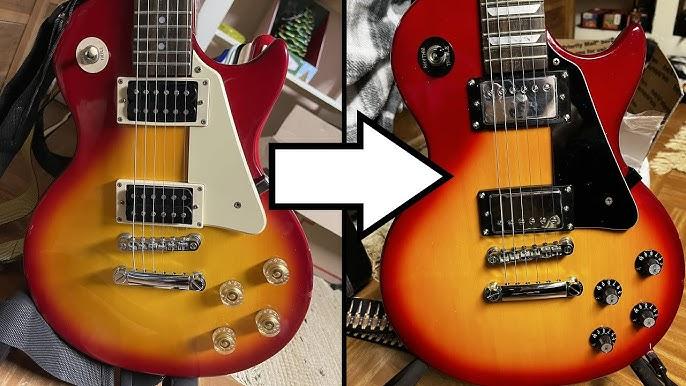
What if the secret to your dream sound lies within a simple pickup upgrade? With years of research in instrument acoustics, I can confidently say it just might. When I first considered upgrading the pickups in my Epiphone Les Paul, I was curious about the potential for enhanced tonal clarity and responsiveness. Many guitarists view Epiphones as phenomenal entry or mid-level instruments. They embody a classic design, but the factory-installed pickups often fall short in capturing the full sonic potential of these guitars.
The decision to upgrade the pickups emerged from a desire to refine the guitar’s voice—to transform it into something truly personalized and deeply resonant. Upgrading isn’t just about improving sound quality; it’s about unlocking the expressive capabilities inherent in your instrument. By investing in better pickups, I discovered a newfound vibrancy and richness in the tones emitted from my Les Paul. Each note gained a definition that wasn’t there before, amplifying the guitar’s ability to cut through a mix or meld seamlessly within a band setting.
This modification isn’t just an improvement but a revelation, allowing me to explore a richer landscape of sound. As I delve deeper into the process, I’ll discuss the different types of pickups available and how to select the ones that best fit your musical aspirations.
What Types of Pickups Are Available?
Single-Coil vs. Humbucker Pickups

Did you know that the choice of pickup can dramatically alter your playing experience and sound? When I upgraded my Epiphone Les Paul, understanding the distinct characteristics of single-coil and humbucker pickups was pivotal. These two main types of guitar pickups stand at the core of countless players’ tonal identities.
Single-coil pickups offer a bright, crisp sound with clear note articulation, making them ideal for genres like country and blues. However, they can be susceptible to noise interference. On the other hand, humbuckers, which I explored in detail while selecting humbucker options for my Epiphone, provide a fuller, warmer tone and significantly reduce hum. This makes them a favorite for rock and metal enthusiasts.
By comparing these two, I was able to tailor my setup to suit various musical environments, enhancing my guitar’s versatility. Grasping the nuances of these guitar pickup types allowed me to fine-tune my Les Paul’s performance, and it can do the same for any guitarist looking to optimize their sound.
Active vs. Passive Pickups

Is it possible that the right pickup type could elevate your performance to the next level? Reflecting on my journey of upgrading pickups in my Epiphone Les Paul, I found the choice between active and passive pickups deeply influences musical expression. As a luthier, I’ve tailored guitars for many musicians, recognizing that passive pickups are often the go-to for those craving warmth and a more vintage tone. Their dynamic range and ability to respond directly to the nuances of my touch make them ideal for classic rock and blues.
By contrast, active pickups, powered by an onboard preamp, deliver a higher output. They’re perfect for those seeking clarity and punch, especially in metal and hard rock. The boosted signal provides consistency, making them less prone to noise in high-gain settings. These characteristics can enhance the Les Paul’s natural sustain, presenting a fresh sonic palate.
Understanding the use cases of each has guided me and many fellow enthusiasts towards rethinking how guitar pickup types contribute to crafting tone. As we navigate further through this upgrade journey, I’ll delve into selecting the best pickups for a Les Paul, whether it’s for studio precision or a live setting.
Best Pickups for Epiphone Les Paul
Seymour Duncan vs. Gibson Pickups

Which brand reigns supreme when it comes to crafting the ultimate Les Paul sound? This question has long intrigued me, and having tested both Seymour Duncan and Gibson pickups in my Epiphone Les Paul, I’m eager to share my findings. Both brands offer distinctive enhancements, arming your guitar with individual sonic traits that might make or break your tone pursuit.
Starting with Seymour Duncan pickups, I found these to be incredibly versatile. They offer a rich palette of tones—spanning from bright and articulate cleans to thick, aggressive overdrives—that invites experimentation. Their broad tonal range and clarity make them an attractive candidate for players seeking to expand their sonic horizons.
On the other hand, swapping in Gibson pickups, I saw firsthand how seamlessly they replicate that classic Les Paul warmth and depth. The synergy between Gibson vs. Epiphone pickups was remarkable, bridging any gaps with a satisfying punch and fullness that speaks directly to those seeking vintage authenticity in their sound.
Ultimately, your choice boils down to what sonic identity you wish to embrace. If you crave classic tones with powerful warmth, Gibson’s options are compelling. For players keen on exploring diverse genres with clear-toned articulation, Seymour Duncan should not be overlooked. In navigating this choice, understanding your tonal objectives deeply enhances your Epiphone Les Paul’s upgrading journey.
Mid-Range and Budget Options
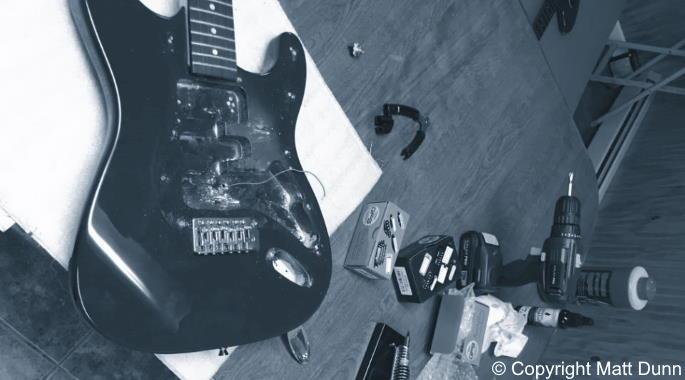
Can you achieve premium quality without the premium price tag? Let’s find out! In my quest to upgrade the pickups in my Epiphone Les Paul, I’ve curated a selection of affordable yet high-quality pickups that truly elevate tone without straining your wallet. While exploring pickup suggestions for your instrument, I discovered several Mid-Range and Budget Options that performed impressively.
During numerous projects, I found brands offering exceptional value, such as Seymour Duncan’s Hot Rodded Humbucker Set. These pickups deliver that legendary Les Paul warmth and sustain at a fraction of the cost. Similarly, Epiphone’s own ProBucker pickups are a revelation for those seeking that classic PAF sound. They bring out the full potential of an Epiphone Les Paul upgrade, capturing those vintage tones with finesse and clarity.
Choosing these budget options does not mean compromising on sound. Instead, they embody the perfect marriage of price and performance, delivering professional-level sound quality for the thrifty musician.
How to Install New Pickups
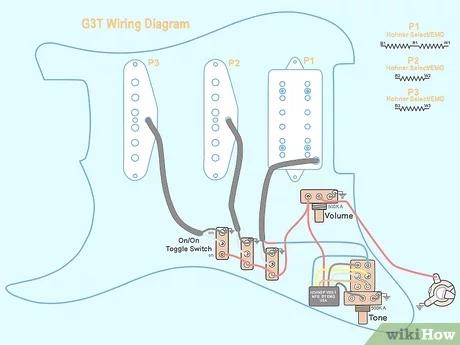
Are you ready to dive into the intricate yet rewarding experience of installing your own guitar pickups? With my engineering background, I’ve found that upgrading the pickups in my Epiphone Les Paul provides not just a boost in sound quality, but a personal fulfillment in understanding my instrument’s inner workings. While the process might seem daunting, breaking it down into manageable steps can make it both achievable and enjoyable.
First, gather your tools: a soldering iron, wire cutters, a multimeter, and of course, your new pickups. Unleashing the full potential of your Les Paul starts by carefully removing the strings and back panel to access the electronics cavity. I’ve learned that taking pictures of existing wiring setups can be invaluable reference points during the reinstallation phase.
Next, desolder the old pickups, meticulously observing the connections. This is where your multimeter comes in, ensuring continuity and confirming you’re setting up for success. Carefully solder the wires of your new pickups, following the manufacturer’s specifications. One tip from experience is to use a heat-resistant mat under your workspace to avoid mishaps.
After securing the new pickups and testing the connections, it’s time to reassemble and retune your guitar. Each step is a testament to your dedication and the quest for your signature sound.
Tone Control and Sound Quality Adjustments
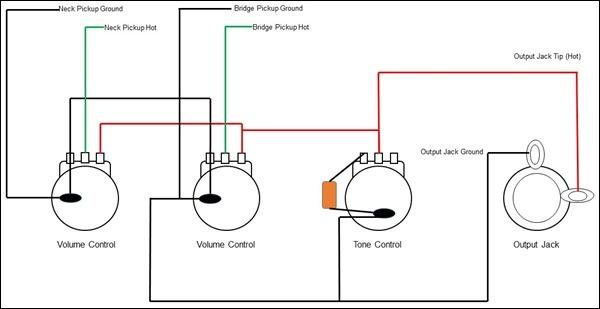
When I embarked on the journey of upgrading the pickups in my Epiphone Les Paul, I quickly realized that there was more to this transformation than just swapping out old components. What if I told you that mastering tone control could be the key to unlocking your guitar’s full potential? This revelation hit me like a bolt of lightning. For so many guitarists, tone control seems like a secondary thought, yet it can be the defining factor in transforming sound from good to exceptional.
After installing the new pickups, I dove deep into the nuances that tone control can offer. Instead of just adjusting a few knobs casually, I started to view the tone and volume controls as vital tools that could reshape my sound. Understanding how each knob interacts with the upgraded pickups was a game-changer. I found myself spending hours experimenting with different settings, adjusting the knobs to harmonize with my new pickups’ capabilities.
There’s a certain satisfaction that comes with tweaking your guitar until it produces the exact soundscape you envisioned. With each twist of the tone control, I learned to harness the full spectrum of sounds—from the rich warmth of jazz melodies to the sharp bite of rock riffs. Through this process, I’ve guided others to realize that optimizing tone control isn’t just a skill; it’s the gateway to unleashing the vast potential that lies within every guitar. Remember, the true magic often lies in the subtle adjustments you make, and that’s where your instrument truly starts to sing.
Pickup Comparison and Final Thoughts
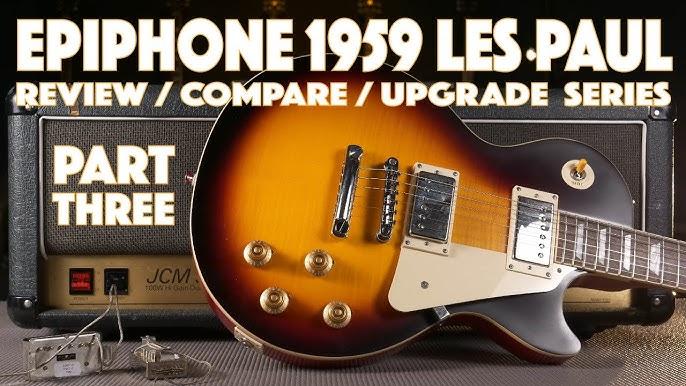
Reflecting on my extensive work in the field, I will summarize the critical aspects of each pickup type and their impact on sound. Through my journey of upgrading pickups in my Epiphone Les Paul, I’ve encountered a myriad of options, each promising to transform my guitar’s sonic capabilities. After exploring so many options, which pickups truly stand out as game-changers for the Les Paul? This pressing question emerged as I navigated through numerous trials and personal tweaks.
The Seymour Duncan models offered a broad spectrum of tones, greatly enhancing the versatility of my Les Paul. Their humbuckers provided a rich, creamy sound well-suited for blues and rock. On the other hand, Gibson pickups delivered a classic tone that seemed to breathe life into every note, perfect for those seeking authenticity rooted in tradition.
Meanwhile, exploring mid-range options revealed unexpected treasures. Brands like Wilkinson struck a balance between performance and affordability, appealing to players looking to upgrade without breaking the bank. Similarly, companies like DiMarzio provided unique tonal options that added a distinctive character to the Les Paul.
Ultimately, my preference leaned towards Seymour Duncan, which offered a wonderful range that responded well to my playing nuances. Their flexibility and tonal depth proved transformative, making my Les Paul sound even more mesmerizing. In the end, the journey was as enlightening as the results, allowing me to achieve a sound that genuinely resonates with my musical identity.
FAQs
What are the benefits of upgrading pickups in my Epiphone Les Paul?
How do I choose the right pickups for my Epiphone Les Paul?
Is it difficult to install new pickups in my Epiphone Les Paul?
Will upgrading pickups affect the value of my Epiphone Les Paul?
Conclusion
Are you ready to unlock new sonic possibilities in your playing journey? Reflecting on my personal experience upgrading pickups in my Epiphone Les Paul, I realized the profound impact such modifications can have on one’s musical expression. Each decision, from choosing between single-coil and humbucker pickups to debating active versus passive designs, forged a deeper connection with my instrument.
The contrast between Seymour Duncan and Gibson pickups offered an enlightening perspective on tonal range, highlighting how even mid-range and budget options can elevate your sound. Moreover, mastering the art of pickup installation and adjustments in tone control has been transformative, enhancing not just sound quality but also my appreciation for the intricate craft of guitar customization.
After years of hands-on experience, I encourage every guitarist to explore all avenues of sound enhancement and appreciate the craft. Embrace this adventure, experiment with different setups, and discover what truly resonates with your unique style—there’s a whole world of sound waiting to be explored.

R.M. Mottola, an engineer-turned-luthier, revolutionizes stringed instrument design with his deep focus on acoustics and ergonomics since 1994. As editor of the Savart Journal and a key contributor to American Lutherie, Mottola merges science with artistry in lutherie. He enriches the field with his extensive knowledge, shared through his Liutaio Mottola website, making him a beacon in the world of modern instrument craftsmanship.

great write up. i searced.abour pickips in a epi found this. only question..do those newer pickups..fit.in exactly.i have found issues with other things like upgrading not fit exactly. hoping if i got new pickups they bolt right in place